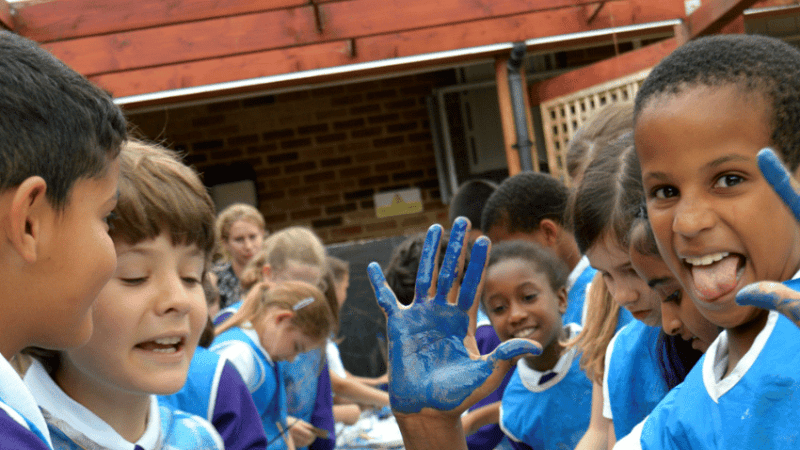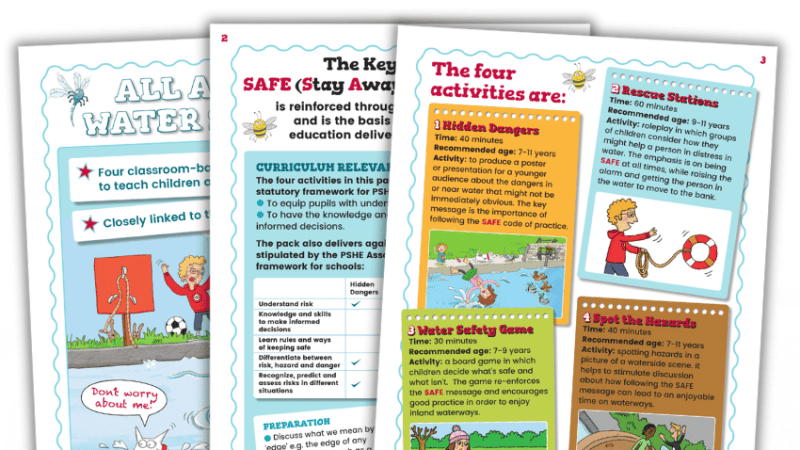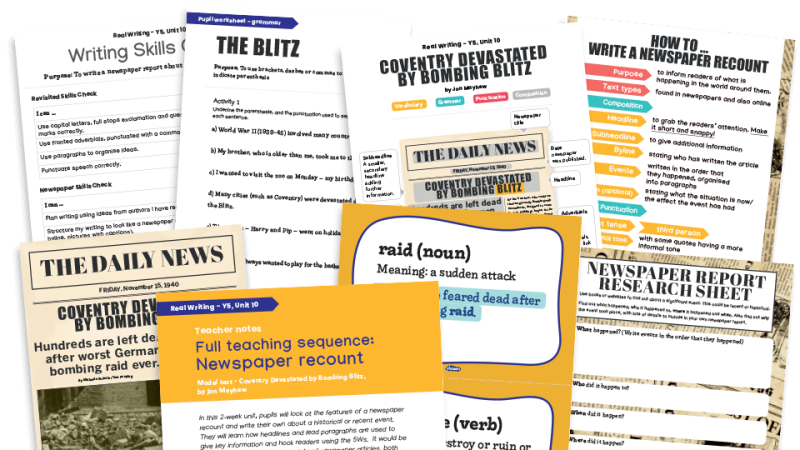How To Coach Champion Problem Solvers And Independent Thinkers

Children can be great learners – but not if your questions put the brakes on before they even get their brains in gear…

Coaching is about helping people to learn, rather than ‘teaching’ them, and we’ve seen a significant shift towards this approach in classrooms over the last decade.
The focus in now on encouraging independent learners who can reflect on the learning process, pose questions, solve problems and ask for support when needed. Or, to use the more businesslike parlance of Sir John Whitmore, a pioneer in the world of coaching – it’s about unlocking people’s potential to maximise their performance.
Use questions to open minds
A central skill in coaching is the use of open questions to stimulate thinking – questions that reveal feelings, opinions and deeper thoughts, as opposed to ‘yes’ or ‘no’ answers. Contrast, for example, “Did you enjoy that?” with “What did you enjoy about that?”, and “Is it possible to take that further?” with “How can you take that further?”.
In practice, most of us use a mix of open and closed questions in the classroom. We may well have favourites, such as “What have you done so far?”; “How did you arrive at that answer?” and “What have you done like this before?”.
We might also make frequent use of particular statements – “Tell me more about…” – all of which is great for coaching. But here’s a more unusual question you may like to try – “If you knew the answer, what would it be?”
The power of this question is that it helps a learner to get past the thought that she doesn’t know and think of a possible solution. Similarly, “How would you help someone else in the class who is stuck on this?” can shift the focus away from a pupil’s own mental block and produce new thinking.
Play the ‘Whathow?’ game
To further support children to become independent thinkers, I invite you to play the ‘Is/What: Do/How’ game. It will encourage you to use more open questions, which in turn will stimulate children’s thinking.
Before playing the game ‘live’, you might want to start by recording how often you use closed questions that start with “Is / Was” or “Do / Did”. To do this, you could invite your TA to jot down the questions you use during some key input to the class – or if you’re feeling brave, take a risk and film yourself teaching.
The game itself can be played in your head, or you can ask the class to help you. Every time you hear yourself – or the children hear you – start a question with ‘Is’, ‘Was’, ‘Do’ or ‘Did’, shout (or think) “Whathow!?” Then take a pause and see if you can rephrase your question.
What happens if you replace a closed starter, such as ‘is’, with the more open ‘what’ or ‘how’? Can you still use the question to cover the same content? You may be surprised to find that you can.
Then ask the question again, this time in its open form, and see what difference it makes in stimulating the children’s thinking. The secret is to change the question immediately. As a bonus, you’ll be modelling your learning process for the children.
As you get better at replacing closed questions with open ones, encourage the children to spot their own uses of closed questions. Invite them to play the ‘Is / What: Do / How’ game when working with a partner or in a small group, and Include your TA as well. Take care, though – there are times when a closed question is just what’s needed (“Did we say assembly was at ten today?…”).
Help scaffold answers
Some children may be naturally able to respond to a question that makes them think more deeply and give you a clear, reasoned answer. Others may find the challenge harder and benefit from some support with articulating their thoughts. Here are some great strategies you can use to help.
- Model the question-response dialogue with your TA
- Offer the children sentence openers
- Try ‘grabbing’ well-expressed responses and repeating them with a little commentary about what makes them work
- Use a video camera to capture the children’s responses and then discuss them together as a class. ‘What’s good?’ and ‘How can we make them even better?’ are perfect open questions to use in this discussion.
So, enjoy developing more open questions in your classroom and see how children’s independent thinking and problem-solving skills blossom. You may also like to ponder how more open questions could help adult learning, too.
Jennie Pennant is the Director of GrowLearning; she is also a professional development coach and consultant, and a specialist in releasing excellence in learning communities, leadership and mathematics












